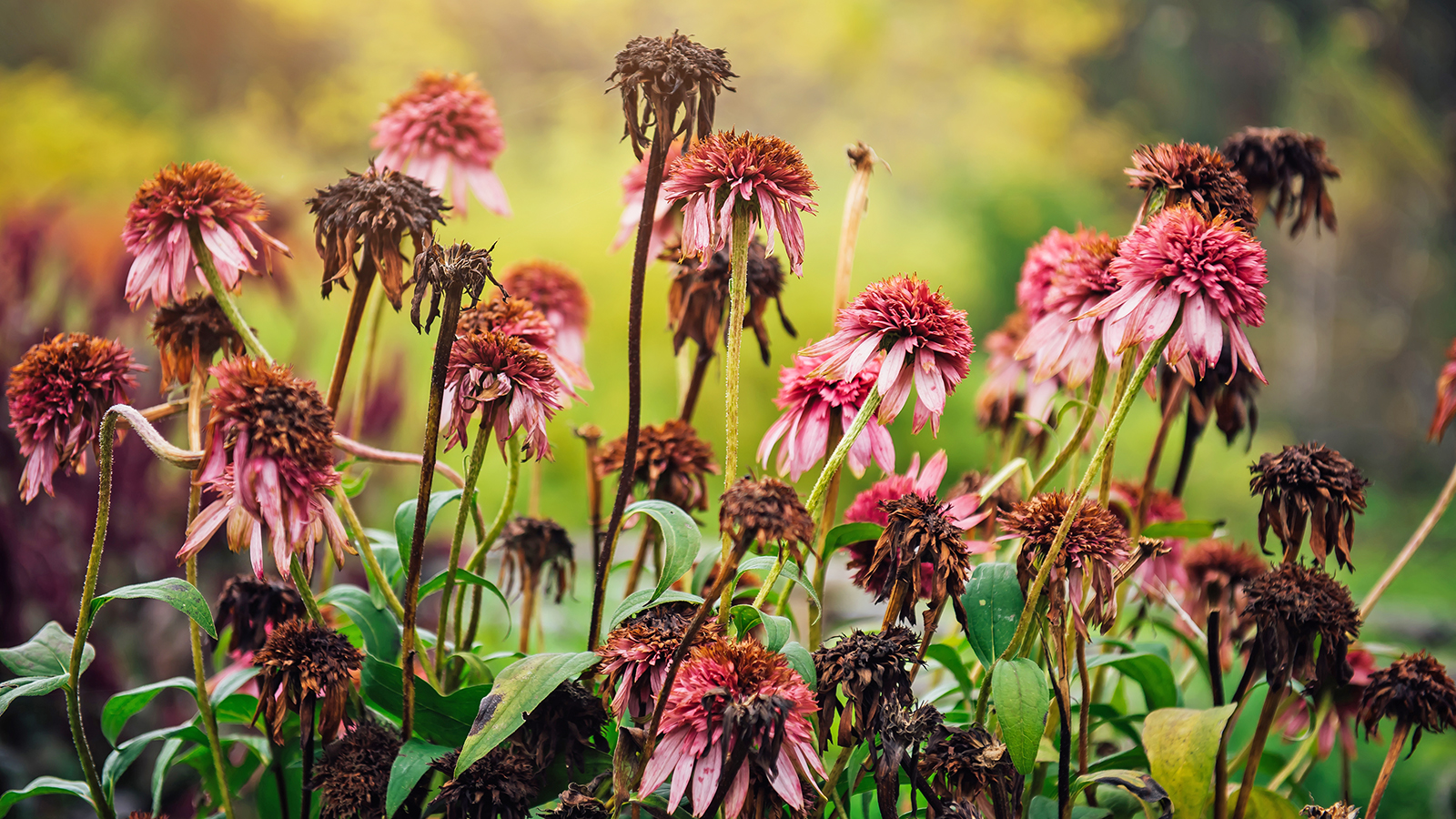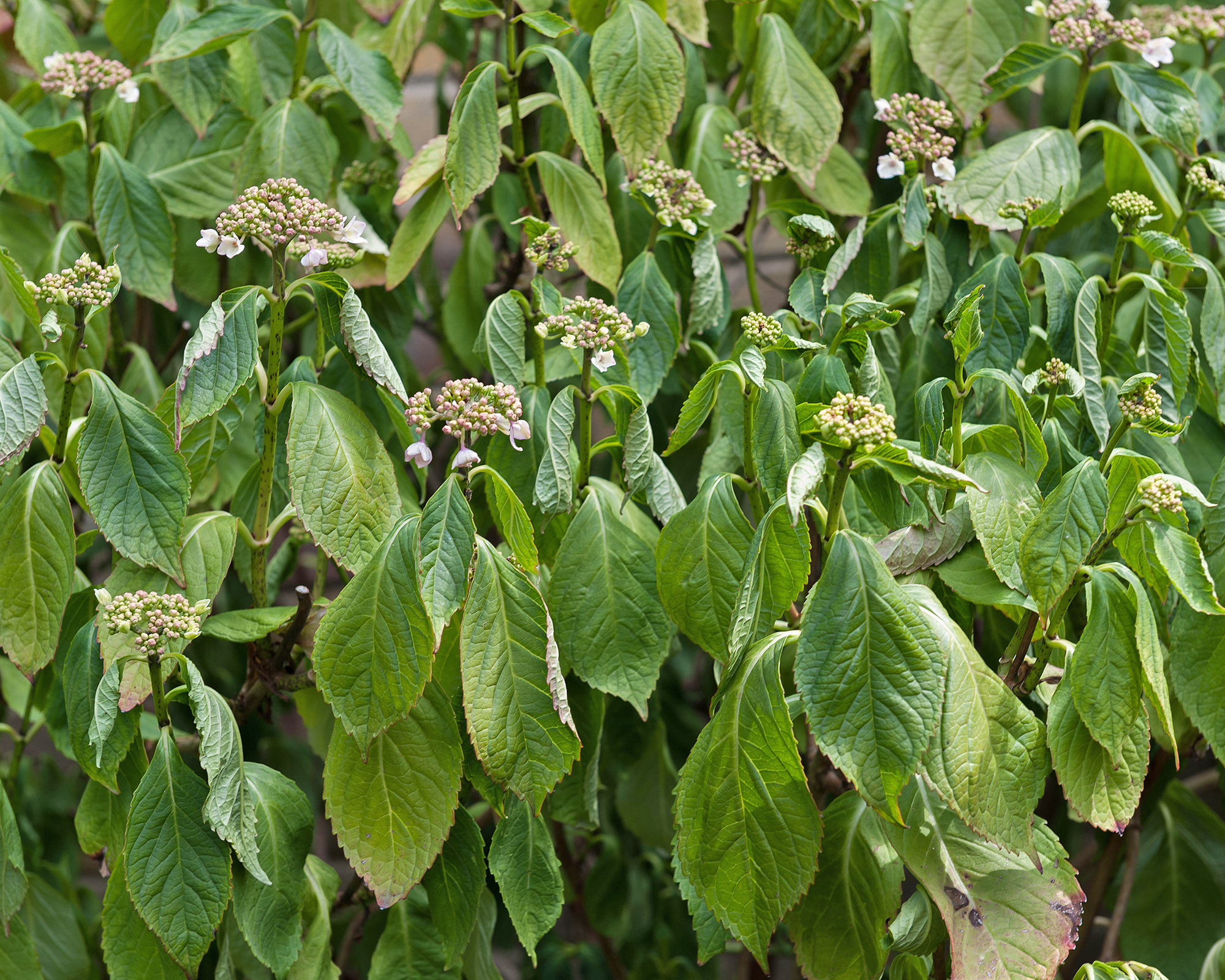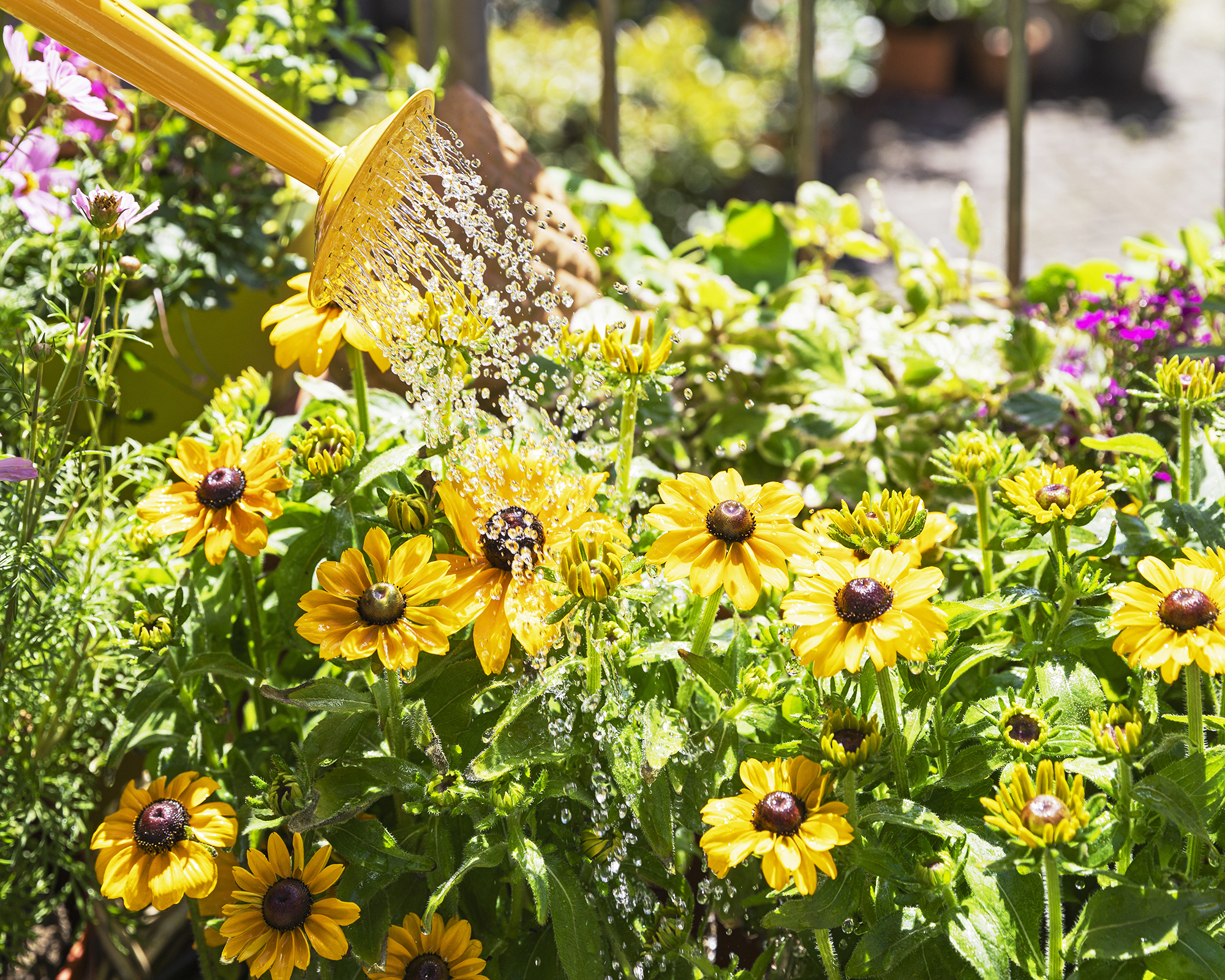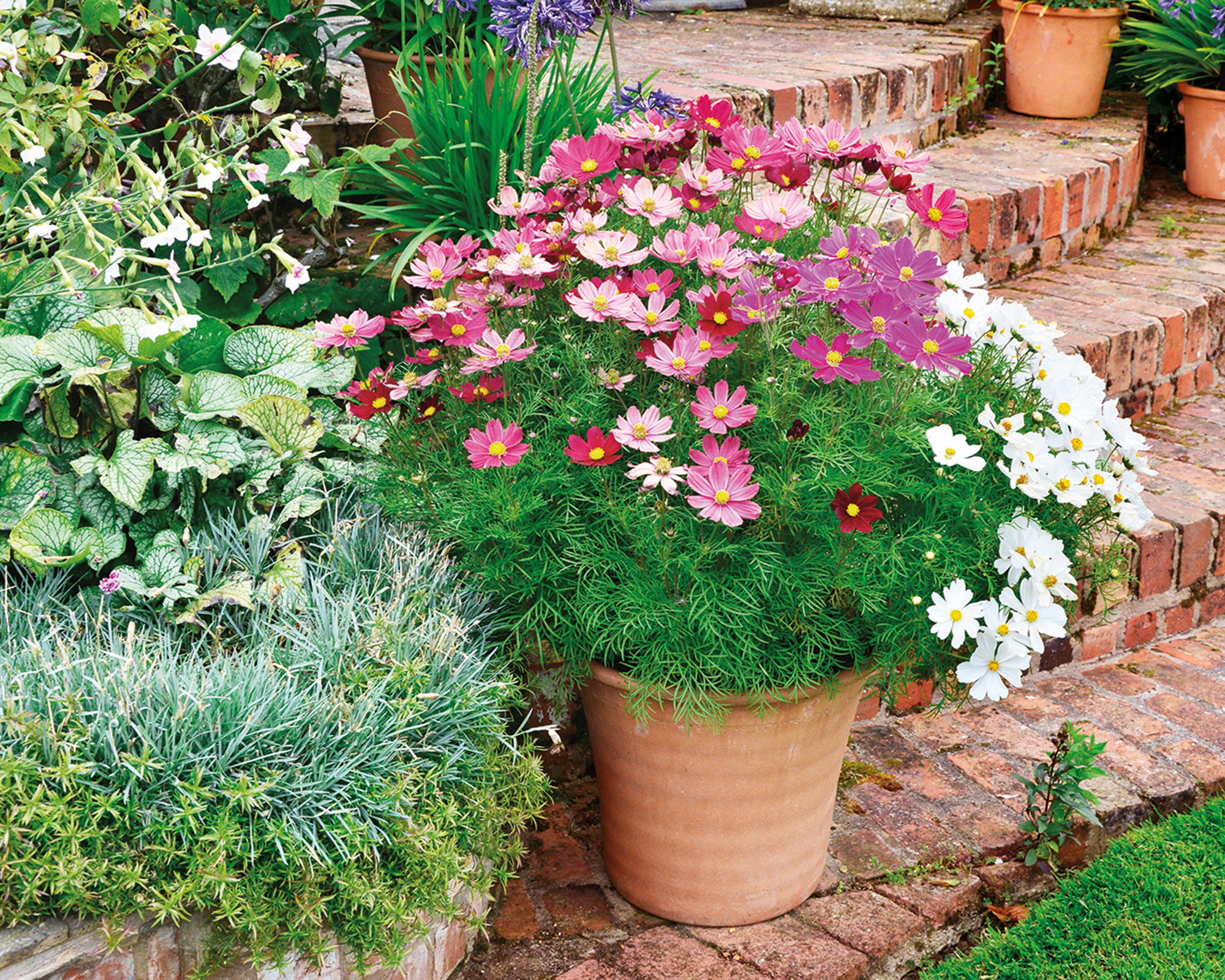6 Remedies To Save Heat-Stressed Plants – Your Essential Summer Survival Guide
Ensure your plants remain vibrant and healthy throughout the hottest months of the year. These tips will help you to create a resilient garden that thrives in the face of rising temperatures.

Nikki Tilley

With rising global temperatures and heatwaves becoming a common occurrence, gardeners face a growing challenge to mitigate the stress heat and drought place on plants.
Prolonged exposure to high temperatures above 85°F (29°C) can severely impact plant health, leading to wilting, leaf scorch, stunted growth, and even death. Recognizing and treating heat stress is crucial to maintaining a thriving garden during the hottest months.
In particular, knowing how to water gardens during heatwaves is key. This impacts heat-stressed lawns as well as ornamental plants.
Whether you're trying to preserve a lush backyard, nurture potted plants on a patio or balcony, or protect vegetables in hot weather, learning how to care for heat-stressed plants is vital to their survival.
Plant Heat-Stress Symptoms
When plants and flowers are struggling to cope with high temperatures, they will develop symptoms that indicate they are heat-stressed. Regularly check plants for these signs so that you can take action:
- Wilting of leaves and flowers may occur due to a lack of water, even if the soil is moist.
- Curling leaves is a response to excessive heat and water loss.
- Leaf scorch may be visible on leaves, which develop brown, dry edges or tips. This happens because the plant is losing water faster than it can be replenished.
- Yellowing leaves – particularly in the lower part of the plant – indicate a lack of moisture.
- Leaf drop is a stress response as the plant tries to minimize the level of water loss through transpiration. It is particularly common in trees.
- Flower and bud drop will also occur prematurely as the heat-stressed plant tries to conserve energy.
- Stunted growth may be prevalent in prolonged periods of heat and drought.
- Sunburn may appear on plants’ leaves, flowers, and fruits.
- Lack of fruit on vegetables is common, as heat-stressed crops struggle to produce.
- Blossom end rot is also common during hot weather, and is most prevalent in tomatoes, peppers, and squash.
- Pests and diseases are more likely to take hold as the plant is weakened.

How To Care For Plants In The Heat
Some plants, like succulents, are well equipped to handle heat by conserving water in their fleshy leaves. However, most plants do not have this capability and will suffer from the heat.
Heat stress occurs when a plant's rate of water loss through transpiration exceeds its ability to absorb water from the soil. This is exacerbated by inadequate watering and poor soil quality.
Sign up for the Gardening Know How newsletter today and receive a free copy of our e-book "How to Grow Delicious Tomatoes".
Follow these immediate and long-term care strategies to minimize heat stress. Plants may take time to recover, so continue providing consistent care and avoid major changes until they show signs of improvement.
1. Water Deeply – But Only When The Soil Is Dry
In general, when watering plants, do it deeply and infrequently so that they put their energy into sending roots down into the lower depths of the soil. During a period of drought, the roots are then able to access moisture reserves deeper in the soil.
If plants are watered too lightly, then the moisture only penetrates the top layer of soil, resulting in plants with shallow root systems.
During a heatwave, the water in the top inch of soil quickly evaporates, so heat-stressed plants also need deep watering.
How often to water plants in a heatwave depends on the species, and whether it is planted in a container or in the ground. Some plants will need watering once, even twice a day, while others will be fine for several days.
Even in periods of intense heat, it is possible to overwater plants. Rather than watering on a schedule, push your finger into the soil to check whether the top two inches are dry. If the soil is hard and compacted, then it is likely very dry. If you are unsure, invest in a moisture meter.

2. Don’t Water In The Middle Of The Day
Watering plants in the scorching midday heat is hard work for little reward. The water will quickly evaporate from the surface of the soil before it has had a chance to be absorbed by roots.
The best time to water plants is first thing in the morning, which will enable plants to take up the moisture before the heat peaks.
If you missed the opportunity in the morning, then you can water plants in the evening, once temperatures have dropped. However, watering before nightfall leaves plants damp overnight, increasing the possibility of fungal diseases.
Minimize the risk by only watering the soil, and avoiding soaking the foliage. This will reduce the spread of water-borne disease, and ensure the plants aren't left soaking overnight.
3. Take Extra Care With Containers
If possible, move potted plants to a shadier location during the heat of the day to protect them from the worst of the sun’s rays. Alternatively, the use of shade covers, especially on vegetable crops, may be helpful.
Container plants will need daily watering, even twice a day in high temperatures. Give the potting mix a thorough soaking until water can be seen coming out from the pot’s drainage holes.
Adding water granules to pots also helps with water retention. As these will gradually soak up excess water, in times of dryness, the granules will slowly release some of this water back into the soil.
In addition, opting for double-walled containers helps to insulate the roots of your plants against both extreme heat and cold.
You can find double-walled planters on the Gardening Know How Shop.

4. Apply Mulch Around Plants
In addition to watering more often, mulching plants can help conserve moisture and keep plants cooler. It does this by providing insulation against temperature extremes, and by providing a barrier to excessive evaporation of moisture.
As well as reducing watering, mulching has the added benefit of introducing nutrients to the soil, and helping to keep down weeds, which will compete with your plants for water.
Add a 2-3-inch layer of natural mulch such as compost, hay, or wood chips around the base of the plants.
5. Remove Dead Foliage
While heavy pruning will add further stress to the plant, trimming away any severely damaged or scorched leaves and dead flowers is beneficial. This will reduce the plant’s energy expenditure on these parts.
Always use sharp scissors or hand pruners to minimize harm. Wipe the blades with a cloth soaked in sterilized solution between plants, to avoid transferring disease.
6. Don’t Fertilize
Hold off on fertilizing plants until they show strong signs of recovery. Feeding encourages plants to redirect energy toward new growth when it needs to go into repair. This will place too much stress on the plant, and lead to weak growth.
Wait until the extreme heat has passed and the plant has shown good signs of recovery before fertilizing again. However, if the plant has already peaked for the year, then it may be best to avoid feeding altogether.
Most perennial plants benefit from an application of fertilizer in early spring, and again in the summer when actively putting on new growth.

Melanie is an experienced gardener and has worked in homes and gardens media for over 20 years. She previously served as Editor on Period Living magazine, and worked for Homes & Gardens, Gardening Etc, Real Homes, and Homebuilding & Renovating. Melanie has spent the last few years transforming her own garden, which is constantly evolving as a work in progress. She is also a passionate organic home grower, having experimented with almost every type of vegetable at some point. In her home, Melanie tends to an extensive houseplant collection and is particularly fond of orchids.
- Nikki TilleySenior Editor